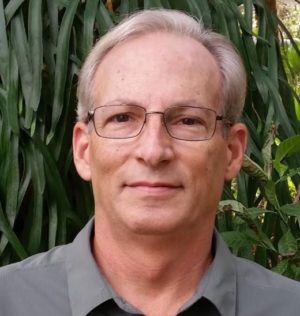John Cassani, also known as the Calusa Waterkeper, is one of the most widely quoted and respected water experts in our area. He’s been keeping a close eye on blue-green algae and red tide sutuation verly closely. We reached out to John to get all of you up to speed on how he sees things playing out.
BTRN: How concerned are you that we are headed toward another 2018?
Cassani: I’m very concerned. Blue-green algae levels have been very high in the Lake and increasing in distribution and magnitude in the Caloosahatchee River. Toxin levels in the Lake have occurred up to 100 times the EPA recreational guidelines.
BTRN: With all the talk, from the Governor, to federal, county and local officials and campaigns run on clean water, how could we possible be here again?
Cassani: Very good question. Policy makers are influenced by lots of different stakeholders or special interests that may not have the same objectives. I think the greater public interest should prevail. Outcomes from the legislative session that just ended are a symptom of special interest influence such as from agriculture and development. Some egregious bills were passed such as the Farm Bill and others related to local preemption and exaggerating private property rights are symptoms.
BTRN: What needs to be done NOW to avoid a repeat of 2018?
Cassani: Moving more water south is what needs to happen to avoid the kind of disaster we saw in southwest Florida in 2018. Unfortunately the Army Corp of Engineers has not responded by effectively lowering discharges to the Caloosahatchee, even after they said they would. On May 20, 69.3 percent of water leaving Lake Okeechobee was headed down the Caloosahatchee while the St. Lucie River is getting zero. This is after the governor asked the ACOE to move more water south.
BTRN: What do you see happening if we have a heavy rainy season or even a tropical storm or hurricane?
Cassani: Heavy rains will wash more nutrients into the system that will potentially aggravate the algae bloom problem and allow it to move further downstream in the Caloosahatchee where it could overlap with the current red tide bloom. The perfect storm of two toxic blooms could happen that will increase public health risk and have a cascade effect damaging the economy.
BTRN: Brian Mast has stated part of the problem with the Army Corps of Engineers is that they actively use Large Agriculture lobbyists (sugar) to help re-write the Lake Okeechobee System Operating Manual to their benefit. Is this accurate in your opinion?
Cassani: I’ve heard that rumor and it sounds right based on the political influence we’ve seen in the past. The objective should be to balance uses so that no single user bears the majority of damage. Big Sugar south of the Lake has almost perfect water supply and flood control nearly every year despite the concurrent damage that is occurring to the public resources. Southwest Florida policy makers need to better engage this issue on behalf of the environment and the economy that depends on it.
Check out the Calusa Waterkeeper website HERE.

